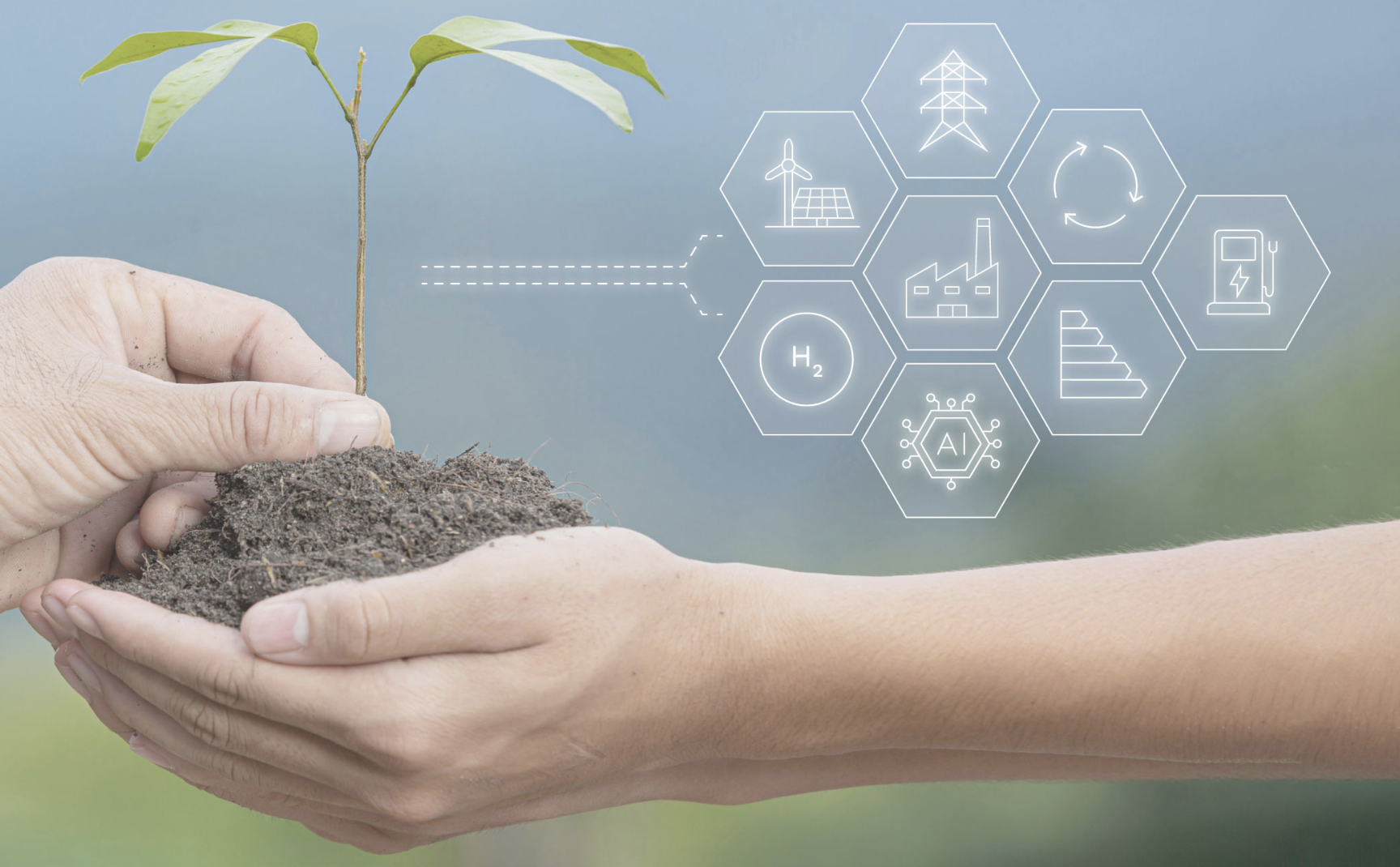News

Unlocking the Value of Textile Waste: How Hydrothermal Liquefaction is Powering a Circular Future
From fast fashion fallout to green innovation, CIRCE and the STREP project are pioneering hydrothermal solutions to transform waste cotton textiles into bio-oils, carbon-rich solids, and sustainable materials for Europe’s circular bioeconomy.
August, 2025
Author: Cecilia Chaine
The rise of fast fashion and increasing global consumption have led to an alarming growth in textile waste, with over 60 million tons generated annually worldwide. In Europe alone, around 12.6 million tons of textile waste are produced each year, yet only a small fraction is effectively recycled. Most of this waste comes from the consumption stage, worn-out garments and discarded household textiles, while production processes also contribute significantly through off-cuts and defective items. According to the European Environment Agency, nearly 87% of post-consumer textile waste in the EU ends up in landfills or is incinerated, despite upcoming regulations mandating separate textile collection by 2025. Waste cotton textiles (WCT), which represent about 85% of all natural fibers, are particularly challenging to recycle due to their cellulose-rich structure, the presence of synthetic blends, and persistent chemical dyes.
To address this growing problem, various recycling approaches are being explored, including physical, chemical, and thermochemical methods. Physical processes such as shredding and reweaving have limited applications, while chemical recycling often faces issues like high reagent consumption and low yields, especially due to the resistance of cellulose to degradation under mild conditions. Among thermochemical options, hydrothermal liquefaction (HTL) has emerged as a promising solution. HTL converts organic waste into energy-dense bio-oil and valuable chemicals by subjecting biomass to high temperatures and pressures in an aqueous medium. Unlike incineration or pyrolysis, HTL is particularly suitable for moist feedstocks like WCT, eliminating the need for energy-intensive drying and offering a more sustainable pathway for textile waste valorization.
HTL is also highly versatile and can be applied to a wide range of wet biomass feedstocks such as algae, food waste, sewage sludge, and agricultural residues. The process mimics natural fossil fuel formation, breaking down long-chain biopolymers into smaller molecules within hours. It yields a spectrum of products including bio-crude (bio-oil), hydrochar (a carbon-rich solid), and an aqueous phase rich in dissolved organics and inorganics. This multi-output system enables the extraction of both energy carriers and valuable materials, supporting diverse applications in energy, agriculture, and chemical manufacturing.
At CIRCE Technology Center, we are actively researching hydrothermal technologies to valorise high-moisture biomass, with a particular focus on algae cultivated using captured industrial CO₂. Our experiments involve optimizing process conditions to maximize the yield and quality of bio-oils and carbon-rich solids. We are also studying the influence of key variables such as temperature, retention time, and biomass concentration, and assessing the impact of homogeneous catalysts on product composition. In parallel, we are comparing conventional HTL with microwave-assisted variants to evaluate differences in hydrochar properties, particularly when processing sludge-based feedstocks. These efforts aim to position HTL as a flexible and scalable solution for advancing circular bioeconomy strategies.
CIRCE is also contributing to the Horizon Europe-funded STREP project (Systemic Solutions for upscaling the Reuse of Textile fibers), which is dedicated to improving fiber-to-fiber textile recycling across Europe. STREP brings together a multidisciplinary consortium of research institutions, industry stakeholders, and public entities to develop and scale circular value chains for post-consumer textiles. The project integrates advanced sorting, processing, and recycling technologies with enabling policy frameworks and business models, all aimed at reducing reliance on virgin fibers and significantly boosting textile recycling rates across the continent.
As part of STREP, CIRCE is leading efforts to recycle waste cotton textiles through hydrothermal liquefaction. Cotton fibers are pretreated and subjected to controlled HTL conditions, producing fractions such as gases, bio-oil, and bio-char. These outputs are then analyzed to determine their composition and properties. CIRCE’s work focuses on optimizing process parameters to enhance both yield and product quality, while also exploring potential applications of the resulting materials to guide the design of efficient and scalable HTL operations.
Through this combined research and demonstration effort, CIRCE is helping to advance sustainable waste management practices and contribute to Europe’s transition toward a circular economy. By unlocking the value of underutilized textile and biomass waste streams, HTL technologies offer a viable route to reduce environmental impacts, preserve resources, and create new opportunities for green innovation in the textile and bioenergy sectors.
References
Yanling Zhao, Weizhe Chen, Fang Liu, Peitao Zhao, Hydrothermal pretreatment of cotton textile wastes: Biofuel characteristics and biochar electrocatalytic performance, Fuel, Volume 316, 2022, 123327, ISSN 0016-2361, https://doi.org/10.1016/j.fuel.2022.123327.
Douglas C. Elliott, Patrick Biller, Andrew B. Ross, Andrew J. Schmidt, Susanne B. Jones, Hydrothermal liquefaction of biomass: Developments from batch to continuous process, Bioresource Technology, Volume 178, 2015, Pages 147-156, ISSN 0960-8524, https://doi.org/10.1016/j.biortech.2014.09.132.
Lin Mei Wu, Chun Hui Zhou, Dong Shen Tong, Wei Hua Yu, Chapter 15 – Catalytic Thermochemical Processes for Biomass Conversion to Biofuels and Chemicals, Editor(s): Vijai K. Gupta, Maria G. Tuohy, Christian P. Kubicek, Jack Saddler, Feng Xu, Bioenergy Research: Advances and Applications, Elsevier, 2014, Pages 243-254, ISBN 9780444595614, https://doi.org/10.1016/B978-0-444-59561-4.00015-2.
